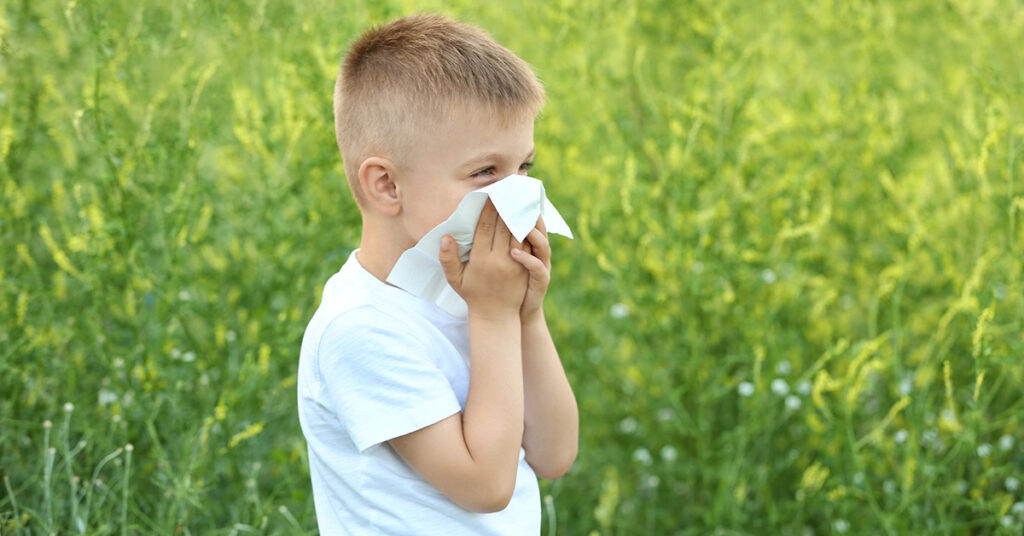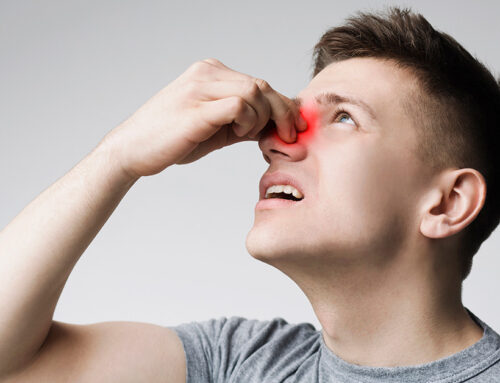
Allergies in children are more than just an occasional sneeze or itch; they can significantly impact a child's quality of life, affecting their play, sleep, and even their performance in school. Early detection and proactive management are crucial in ensuring that children with allergies can lead happy, active lives. This blog explores the signs of allergies in children, how to get a proper diagnosis, and strategies for managing allergies effectively.
Understanding Allergies in Children
Allergies occur when the immune system overreacts to substances that are typically harmless, such as pollen, pet dander, certain foods, or insect stings. These substances, known as allergens, can trigger symptoms that range from mild to severe.
Common Allergens and Symptoms
Environmental allergens: Pollen, dust mites, mold, and pet dander can lead to respiratory symptoms like sneezing, runny or stuffy nose, coughing, and wheezing.
Food allergies: Foods such as peanuts, tree nuts, eggs, milk, soy, wheat, and shellfish can trigger a range of symptoms from skin reactions (like hives or eczema), gastrointestinal symptoms (such as vomiting and diarrhea), to more severe reactions like anaphylaxis.
Insect stings: Reactions to insect stings can vary from local swelling and pain to more severe systemic reactions.
Early Detection: Recognizing the Signs
Children might not always be able to articulate their discomfort or understand what's happening to them. Signs that a child may have allergies include:
Persistent sneezing, coughing, nasal congestion, or runny nose Itchy, watery, or red eyes
Frequent throat clearing or wheezing Skin rashes or hives
Swelling of lips, tongue, or face
Abdominal pain, vomiting, or diarrhea after eating certain foods
When to See a Doctor
If you notice these symptoms in your child, especially after exposure to potential allergens or after eating certain foods, it's important to consult a pediatrician or an allergist. They can perform tests to identify specific allergens and offer guidance on managing symptoms.
Managing Allergies in Children
Avoidance of Allergens
The first step in managing allergies is to avoid known allergens as much as possible. This might
involve:
Using allergen-proof mattress and pillow covers to protect against dust mites
Keeping pets out of the child's bedroom to reduce exposure to pet dander
Using high-efficiency particulate air (HEPA) filters in the home
Being cautious with food and reading labels carefully to avoid food allergens
Medication
Depending on the type and severity of the allergies, a doctor might recommend:
Antihistamines to relieve sneezing, itching, and runny nose
Nasal corticosteroids for long-term management of nasal symptoms
Inhalers for asthma-related symptoms
Epinephrine auto-injectors (like EpiPens) for severe reactions, particularly for those at risk of anaphylaxis
Allergy Shots (Immunotherapy)
For some children, especially those with severe environmental allergies or allergic asthma, allergy shots might be recommended. This long-term treatment involves regular injections of small amounts of allergens to help the body gradually build up a tolerance.
Education and Empowerment
Teach your child about their allergies in an age-appropriate way. They should know which allergens to avoid and understand the importance of communicating their needs and symptoms to adults.
Creating an Allergy-Friendly Environment
Work with your child's school, daycare, and other caregivers to ensure they understand your child's allergies and how to manage them, including how to use an epinephrine auto-injector if needed.
Early detection and effective management of allergies in children can significantly improve their quality of life. By recognizing the signs of allergies, consulting healthcare professionals for a proper diagnosis, and taking proactive steps to manage symptoms, parents can help their children lead active, fulfilling lives despite their allergies. Remember, managing allergies is a continuous process that involves both the child and the adults in their life working together to ensure their health and safety.




